Twin Lakes Watershed
Twin Lakes Watershed
The Lower Platte South NRD is partnering with USDA Natural Resources Conservation Service (NRCS), the Nebraska Game & Parks Commission, and the Nebraska Dept. of Environment and Energy (NDEE) on a three-year effort to improve water quality in the Twin Lakes Watershed. The NRD successfully obtained funding from the Section 319 Program, which provides grants from the Environmental Protection Agency to implement projects that will reduce pollutant loads and promote cleaner, safer, water resources. Locally, NDEE administers the 319 Program.
What's New?
Farm Ponds
Progress
One terrace project has been completed with 90% cost-share through the Twin Lakes program.
Why Twin Lakes?
LPSNRD identified the Twin Lakes Watershed in its 2019 Water Quality Management Plan as one of the priority watersheds for targeted efforts to reduce pollutant loads to streams. In this watershed, the NRD highlighted reducing nitrogen and phosphorus as primary goals.
At the same time, Game & Parks is concerned with the amount of sediment eroding in the watershed and ending up in the East and West Twin Lake, at the Twin Lakes Wildlife Management Area. The strategies the NRD has selected will also help reduce sediment loads is the watershed, providing an additional water-quality benefit to the Twin Lakes. Game & Parks is also working on a longer-term plan to renovate the lakes to improve the fishery and recreation opportunities in the Wildlife Management Area.
Our strategy:
Provide enhanced cost-share (up to 90% on select practices) to landowners in the watershed who implement best management practices on their lands. These practices reduce the amount of nitrogen, phosphorus, and sediment running off agricultural lands and ending up in the watershed’s streams.

Cover Crops

Terraces
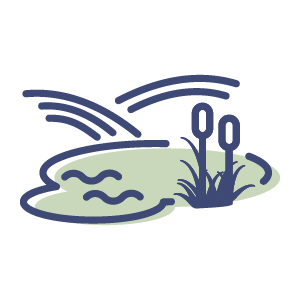
Farm Ponds & Wetlands
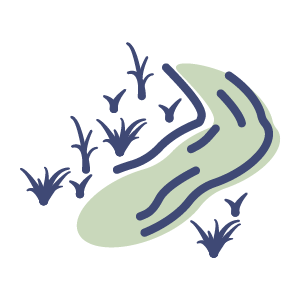
Grassed Waterways
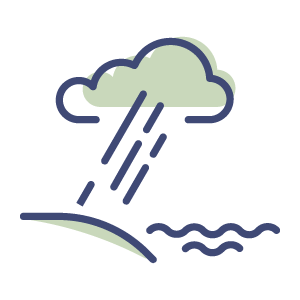
Sediment Basins and WASCOBS
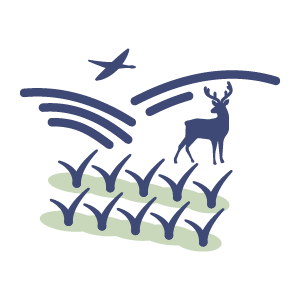
CRP

Buffer Strips
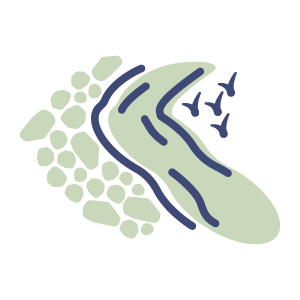
Stream Stabilization
Get Involved!
Landowner partnerships are key to the success of this project. We want landowners to take advantage of the available cost-share we are providing to install best management practices. Learn more about these practices and our cost-share programs here.
Contact the Seward County NRCS office to get started!
Phone: 402-643-4586 or visit 1940 NE 15, Seward, Nebraska 68434
![]()




